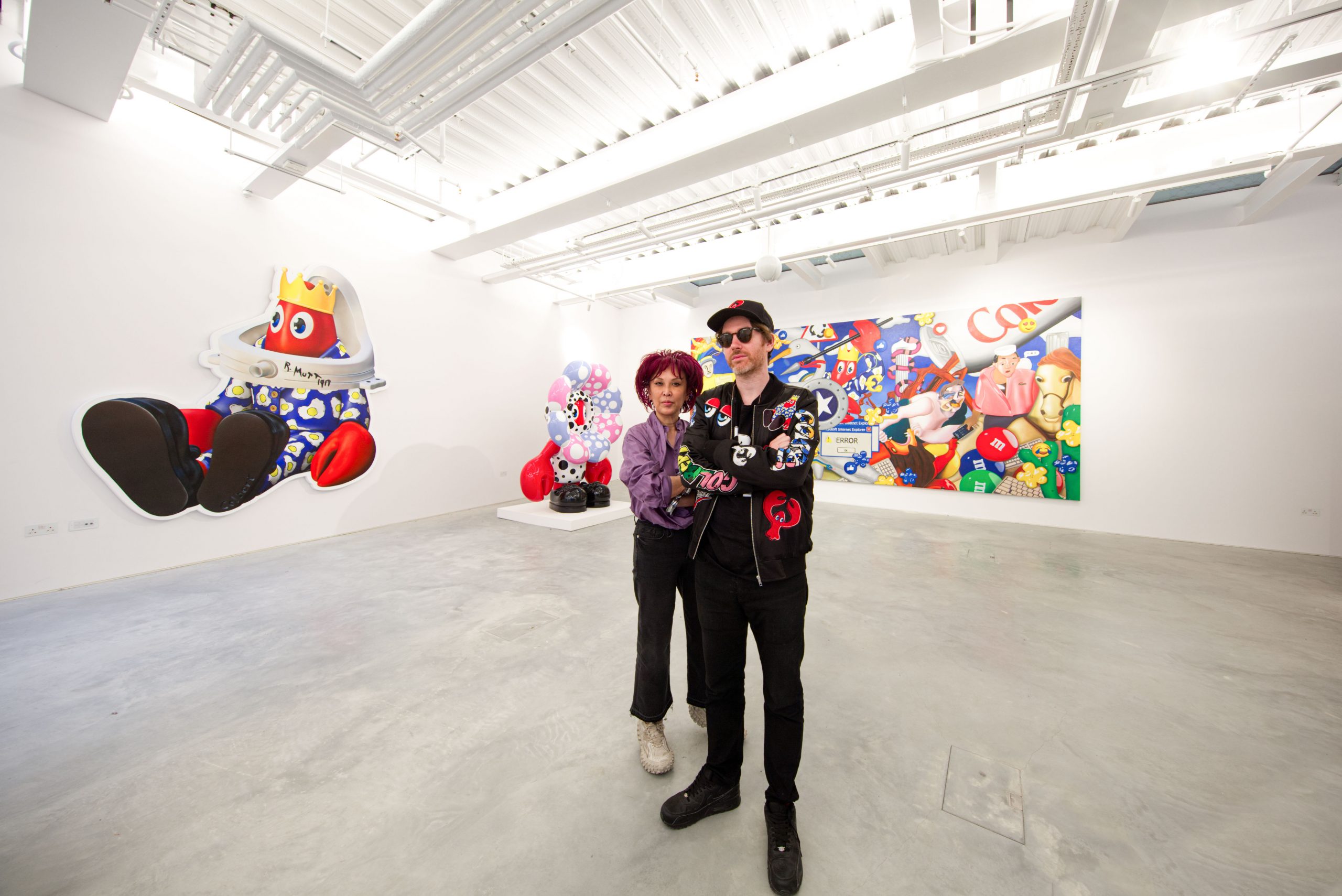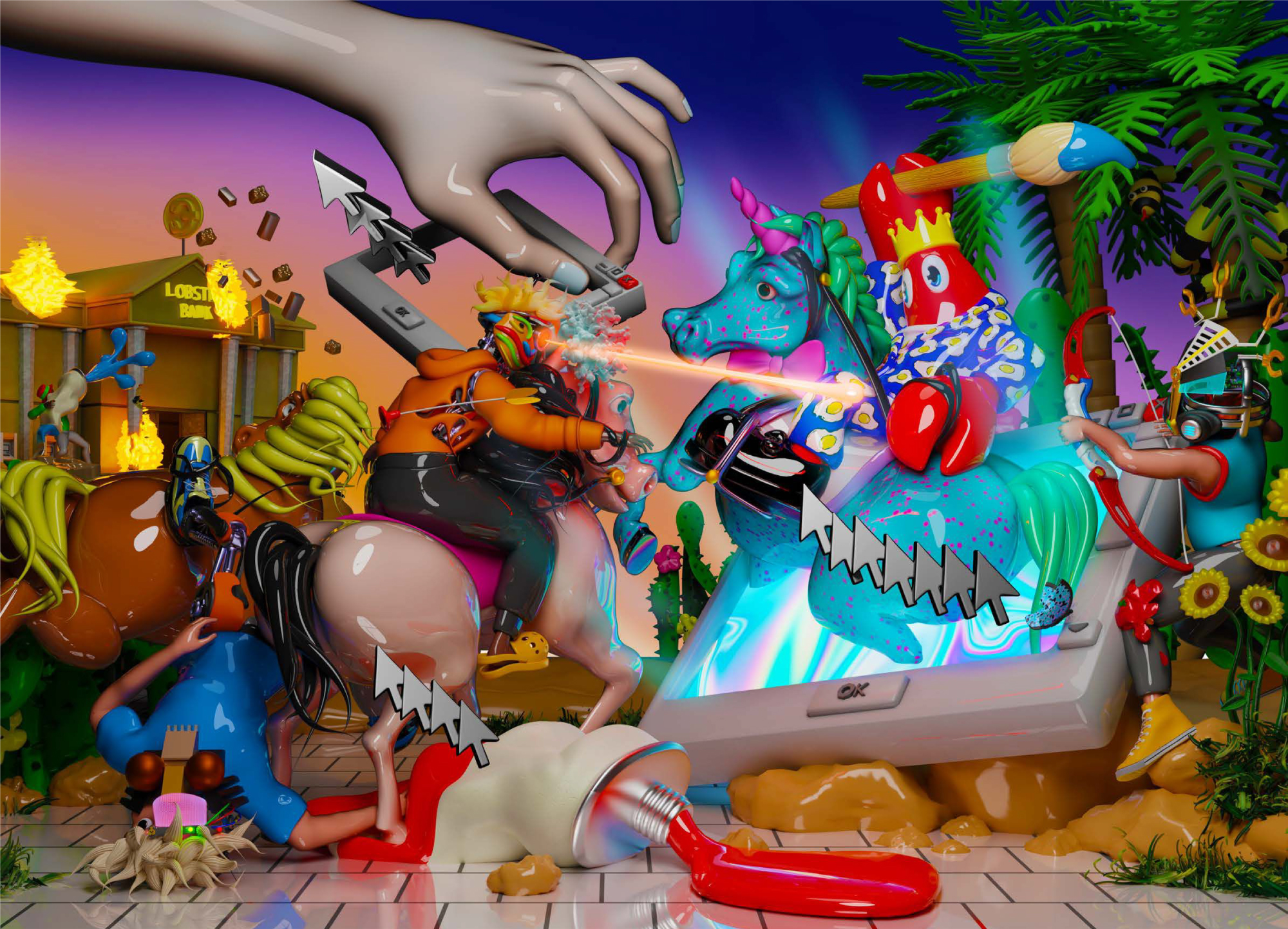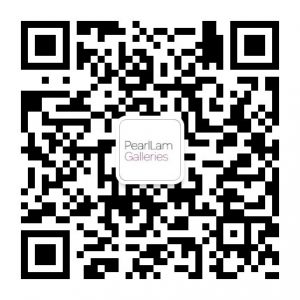PC = Philip Colbert
P = Pearl Lam
P: When did you start to know you were an artist?
PC: That’s a good question, Pearl. I guess I have always been obsessed with art since I was a little kid. So, it is always for me like a magic window into another world: art. I’ve always had a memory for paintings, and they had a big gravitational pull for me. So, I was reading art history all the time, and in my imagination, I was always an artist somehow.
P: You started to do another trade and then you pulled yourself back as an artist.
PC: Yeah.
P: And that is completely not like the traditional way of starting an art practice.
PC: It’s the same as Warhol!
P: So, Warhol does inspire you in many ways.
PC: Yeah, Warhol is definitely an inspiration. But, I think for me, it’s also I was always coming at even making clothes and the whole idea of a brand from a creative point of view. I mean, I was very inspired by a holistic creative power of clothes as an opportunity to do wearable art—to take art off the walls and into the street. It was a very interesting idea, but I liked the practical, commercial aspect of it because it also was a way of helping me to pay bills and to actually make a living.
P: When you talk about doing your label, brand, and fashion, [these are all] creative, but when you step into contemporary art, we’re talking about conceptual art. So, how do you transfer your creativity into conceptual art?
PC: For me, I studied philosophy. For years, I was studying philosophy, so for me, it was always coming from a conceptual point of view. When I was making wearable artworks, it was from a conceptual point of view. I was inspired by Duchamp and Duchampian theory.
P: [Points] I can see the Mutt.
PC: Yes, exactly. For me, the act of even making wearable art or even presenting myself as a (pop) band and playing with a bunch of things was very much like an artistic expression. It wasn’t… I was actually inspired by my creativity and inspired by theory of art. I was having a dialogue with art history too. It was just that by having a dialogue in a more commercial space, I didn’t get the full, let’s say, visibility of the intellectual idea.







